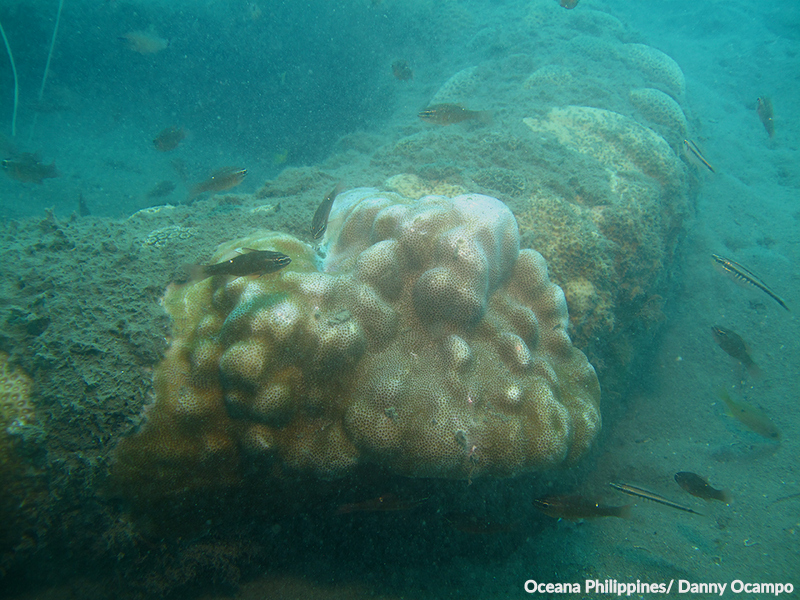Thirteen towns in Cebu province are among the 32 areas in Central Visayas to have been found by the Department of Environment and Natural Resources in Central Visayas (DENR-7) to have abundant live hard corals.
Lorenz Gideon Esmero, Coastal and Marine Ecosystem Management Program (CMEMP) focal person, said in an interview on Wednesday, that Sibonga and Oslob in southern Cebu had the richest or most abundant live hard corals among the 13 towns in Cebu.
Esmero said that this was based on the assessment conducted by the CMEMP last year.
The CMEMP report showed that two barangays in Sibonga have above 80 percent of their seawaters to be covered with live hard corals while Oslob, particularly the seawaters of Sumilon Island have a 57 percent cover of live hard corals.
He said that the significance of these findings would show that these areas are rich in marine life.
“Hard corals build our reefs, which are made up of hundreds of coral colonies. Live hard coral measures the percentage of hard corals in the reef that are still living and continuously providing different ecosystem services,” said Esmero.
The higher the percentage of hard live coral, the higher the associated fauna live in the reef (like fish and invertebrates).
“Meaning ana kun taas ka og live hard coral cover mas healthy imong corals. Dili lang kay corals apil na ang mga fisheries and other sea grasses (It only means that if you have a high tendency of live hard coral covers, your corals are healthy. Not only corals but also your fisheries and other sea grasses are healthy),” Esmero said.
The other towns who have high live hard coral covers are Argao, Dalaguete, Alcoy, and Boljoon in the southern part of Cebu.
While in the northern part are Medellin, Daanbantayan, San Remegio, Carmen, Catmon, Borbon, and Sogod.
The remaining 19 areas in Central Visayas, which have abundant hard corals in their seawaters are in Bohol, Siquijor, and Negros Oriental.
Esmero said that they had already submitted their reports to the respective local government units and it would be up to them to take good care of these corals.
With Central Visayas being rich not only in marine protected areas (MPAs) but also the most abundant corals in the country, he encouraged the people to take care of these places especially since 2018 is the International Year of the Reef.
He said a way to protect these corals from being destroyed by humans is for dive shops and divers to practice the code of conduct in diving.
He said that the code of conduct in diving includes no anchoring of boats in these areas because the anchor would destroy the corals.
No wearing of gloves for divers because this would make the divers complacent and then have the tendency to hold corals and break them.
He also said that divers should also be more careful in the use of their fins, which could hit and break corals, when diving in these areas.
